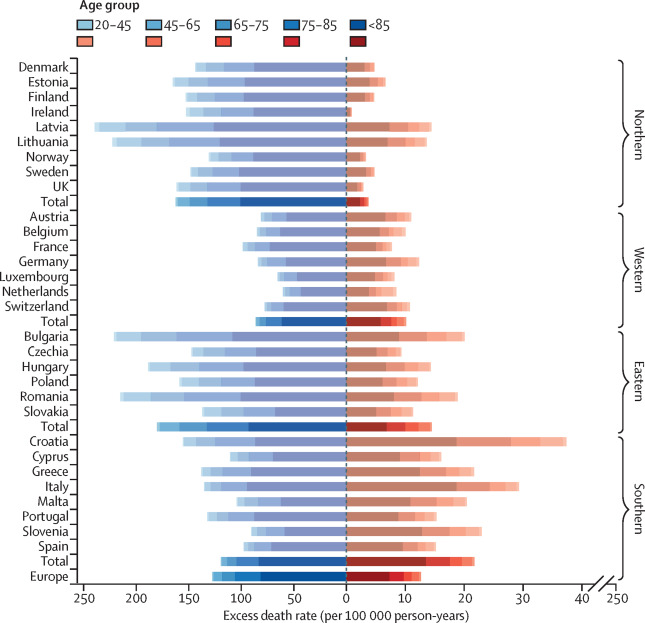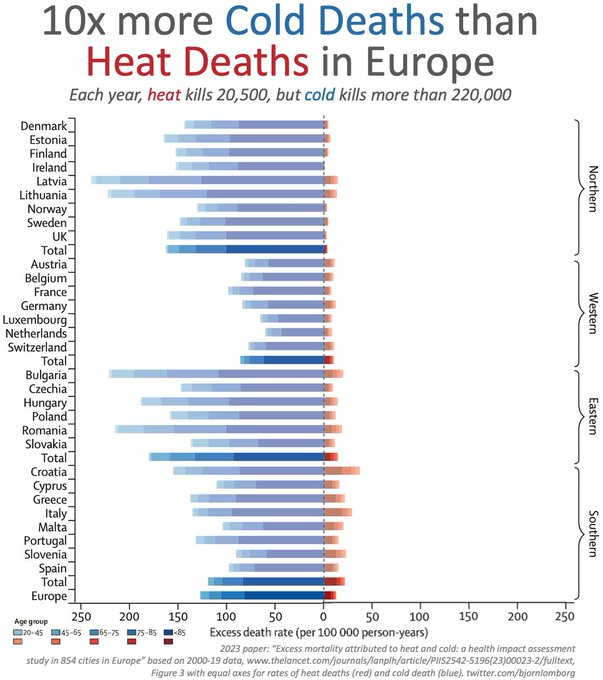Vienna 07/29/2023
Entire blog as a free PDF eBook.
Remember the time three years ago when “scientists” televised the results of “studies” about the spread of a terrible pandemic in exponential mode, and usually kept their terrible predictions at the level of millions of patients, because ten steps further – these were only a few days of such “research” – would they then have to report the number of patients that exceeds the population of our planet? Mathematical models are a valuable tool for scientific research, but like any tool, they can be used both for good—to aid development—and for bad—to instill artificial fear.
In case some of you don’t remember, all is not lost, for even today it is largely the same scientists who continue to theorize through manipulated theories on behalf of the fledgling industry of hypocrisy and the increasing fear of decent people.
In an article on Report24 on Thursday, Massive deception: How the danger of heat death is lied about by misrepresentations (source in German), an example of such a lie is presented.
The research referred to in this article was published in the renowned scientific publisher Lancet. It presents a graphical comparison of cold deaths versus heat-related deaths in Europe. The data in these studies are accurate, but the way the results are presented is sheer manipulation. In fact, a different scale was used to give the impression that the heat is more dangerous than the cold.

Left in blue, they died of cold. The intensity of the color indicates the age group shown above the chart.
On the right, the same chart applies at a completely different scale in red to those who died from heat.
This is a typical example of manipulation often used in the media. When such a deception is presented in a supposedly scientific work, it shows that something is wrong with that science.
Here’s what a fair comparison would look like using the same scale on both sides of the chart:

In the same paper, the authors summarize the following conclusion:
Across the 854 urban areas in Europe, we estimated an annual excess of 203 620 (empirical 95% CI 180 882–224 613) deaths attributed to cold and 20 173 (17 261–22 934) attributed to heat. These corresponded to age-standardised rates of 129 (empirical 95% CI 114–142) and 13 (11–14) deaths per 100 000 person-years. Results differed across Europe and age groups, with the highest effects in eastern European cities for both cold and heat.
They admit that in Europe more than ten times more people die from the cold than from the heat. The manipulatively presented results, which lead the recipient to false, predetermined conclusions, discredit the authors of this work from the circle of scientists all the more.

“As scientific research has shown”.
Author of the article: Marek Wojcik
